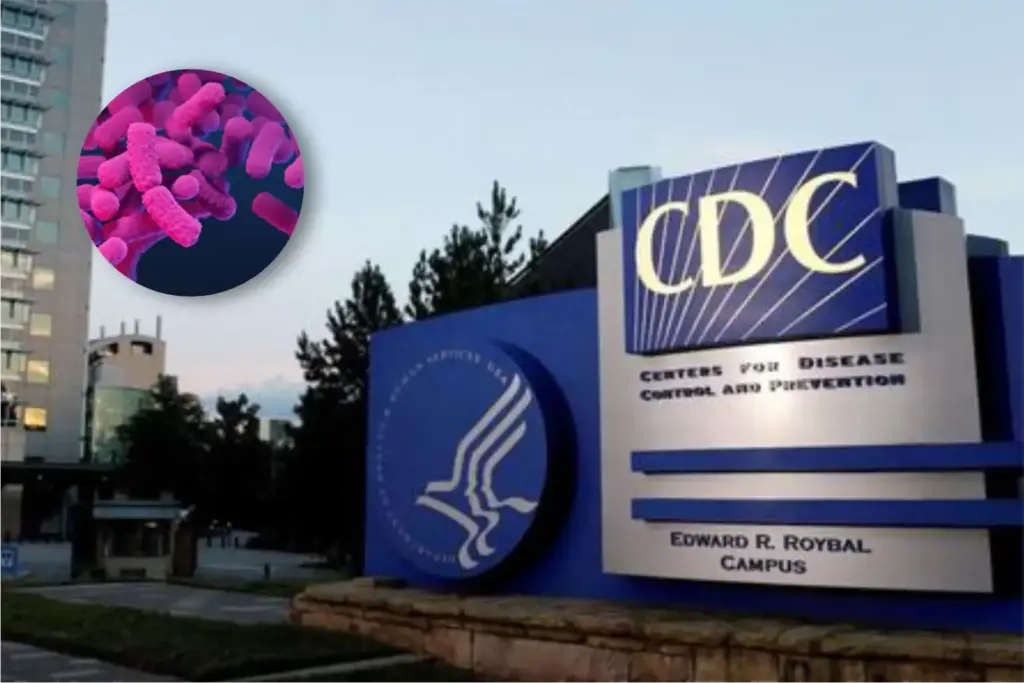
Nightmare bacteria: Infections caused by highly drug-resistant “nightmare bacteria” climbed nearly 70% in the US between 2019 and 2023, driven largely by strains carrying the NDM resistance gene, according to a new analysis by Centers for Disease Control and Prevention scientists published in Annals of Internal Medicine.
The NDM mechanism, which renders many antibiotics ineffective, accounted for a sharp rise: its infection rate jumped more than fivefold over the period, from roughly 0.25 to 1.35 per 100,000 people. Overall, carbapenem-resistant infections increased from just under 2 to more than 3 per 100,000, a 69% rise. Among 4,341 carbapenem-resistant cases tallied in 2023 across 29 states with robust testing, 1,831 involved NDM.
Also Read | CDC report warns Chagas disease may be endemic in United States
Once considered rare and linked to overseas healthcare exposure, NDM-positive bacteria are now being detected more widely in the US. Only two IV antibiotics are reliably effective, researchers noted, and they are costly and must be administered in clinical settings.
Experts warned that silent carriage is likely, raising the risk of community spread. That could turn familiar infections, such as urinary tract infections, into persistent, difficult-to-treat illnesses, said Dr. Maroya Walters, a CDC author.
The CDC emphasised that the figures are undercounts: many states do not fully test or report, and several large states—including California, Florida, New York, and Texas—were not included in the dataset. Even where testing occurs, cases are more often captured among hospitalised patients sick enough to trigger specialised screening. A separate CDC report in June also documented rising NDM activity in New York City.








